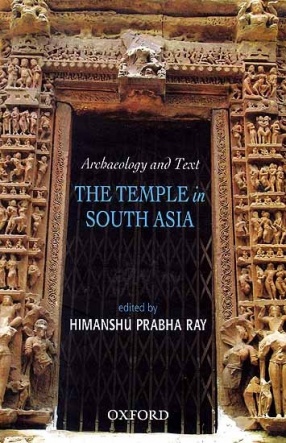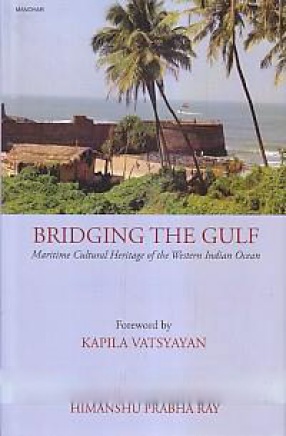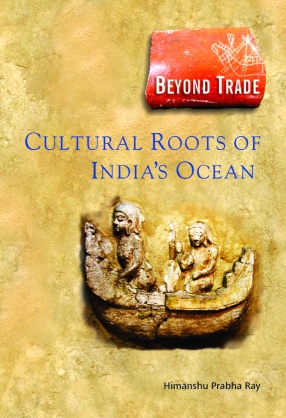What is a temple? Who built or patronized such structures and why? Temples have always formed a crucial element of the cultural landscape of South Asia. Combining textual analysis, archaeology, and archival research with contemporary anthropology, Archaeology and Text provides a stimulating appraisal of religious life in the past.
Through detailed case studies from regions like Karnataka, Maharashtra, Madhya Pradesh, Rajasthan, Bengal, and Orissa, the book examines both the religious architecture of the temples and the cultural practices surrounding them. the essays underscore the importance of the temple in its interaction with diverse interest groups, such as worshippers, ritual specialists, ascetics, patrons, artisans, and others. They also show how temples were not only expressions of political authority but also formed important centres of learning, popular devotion, and pilgrimage.
The volume explores the development of bhakti and ascetic traditions in the subcontinent in relation to temples. It investigates the relationship between sacrificial rituals and devotional practices, emergent religious cultures and older traditions, and temples and renouncers. The collection also questions the notion of boundaries surrounding religious traditions underlining the fact that present categories do not fit neatly in those of a bygone era. The introduction provides a succinct account of sacred spaces as they came to be defined in archaeological records from the first millennium BCE onwards.








There are no reviews yet.